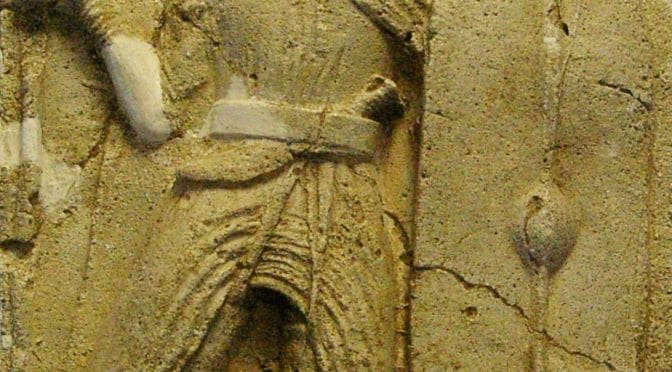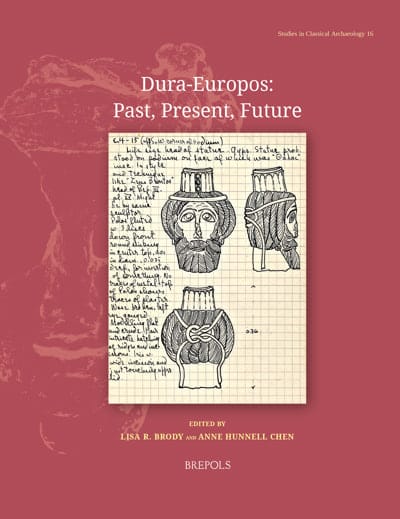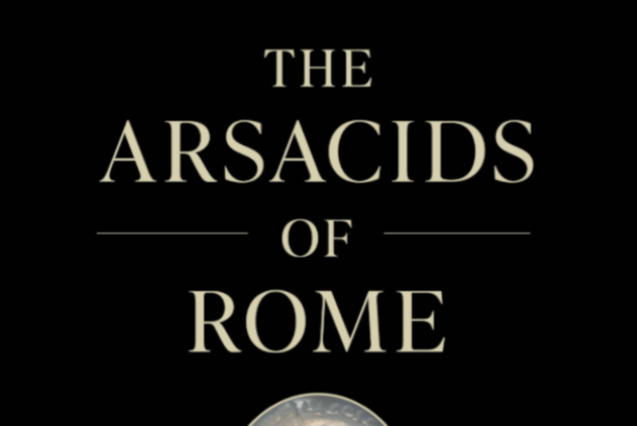Eghdami, Mohammad Reza, Majid Gholamzadeh Roudbordeh & Meysam Navaeiyan. 2025. Weaponry and a healed wound from the Parthian era (247 BCE to 224 CE): Insights from the Liyarsangbon cemetery, Guilan, Iran. International Journal of Osteoarchaeology Early View. 1–9.
The current research examines the health and medical treatment implications associated with an iron arrowhead found among the skeletal remains of an individual unearthed from the Parthian cemetery at Liyarsangbon, Iran. This site is dated to the period between 247 bc and ad 224, as determined through relative dating methods. Non-invasive testing methods, including XRF and Quantometer analysis, established the elemental composition of grave artifacts, while CT Hounsfield scans assessed damage around the arrowhead within the bone. The soil exhibited a pH level of 8.67, signifying its alkaline nature. Among the metallic residues surrounding the subject of investigation, iron was identified as the predominant metal, with average concentrations of 89.93 (XRF) and 90.93 (Quantometer). A Hounsfield unit measurement of 4000 suggested a metallic object within the bone. This study focuses on the production of iron artifacts and examines their practical effectiveness. The intricate design of the arrowhead, characterized by its sharp precision, underscores the advanced level of craftsmanship within the toolmaking industry and reflects a high degree of expertise in metallurgy. Its ability to penetrate deeply into the lateral condyle of the right tibia serves as a testament to the skill and technological sophistication involved in its creation. Conversely, the inability to remove the embedded arrowhead from the bone reveals the constraints and shortcomings in the surgical practices of this particular society, shedding light on the limitations of medical techniques during that era.
Abstract






